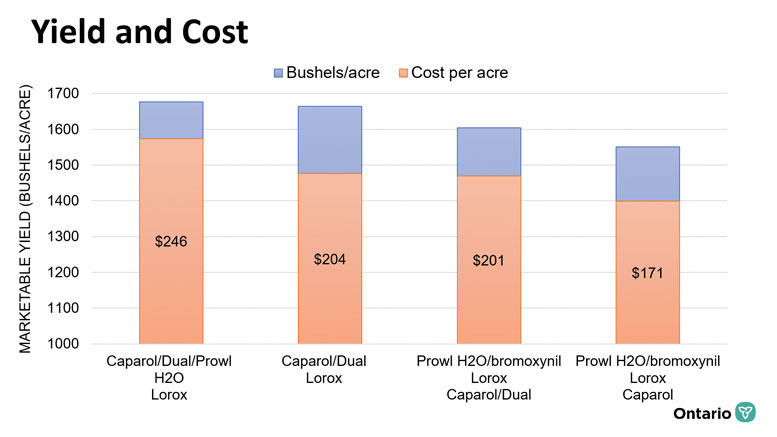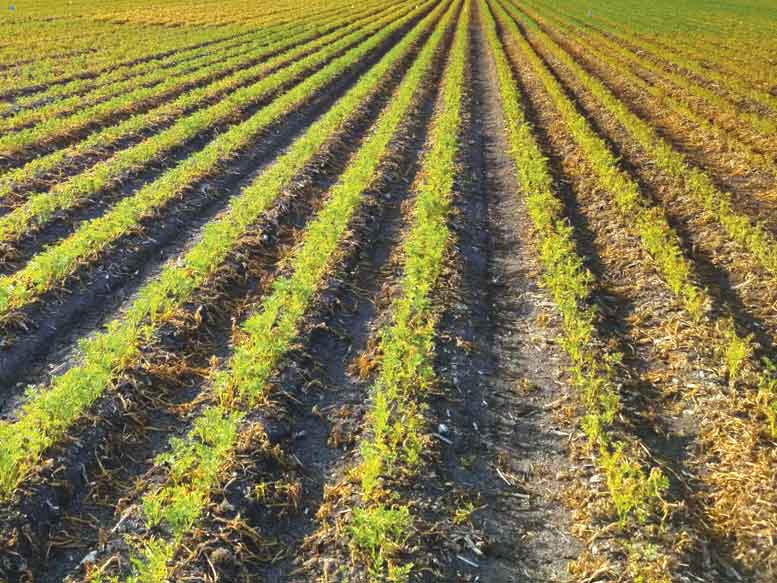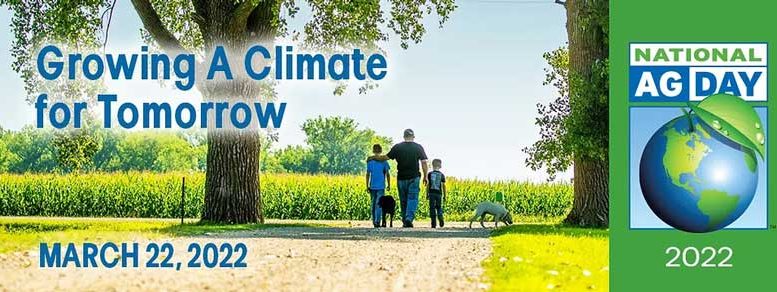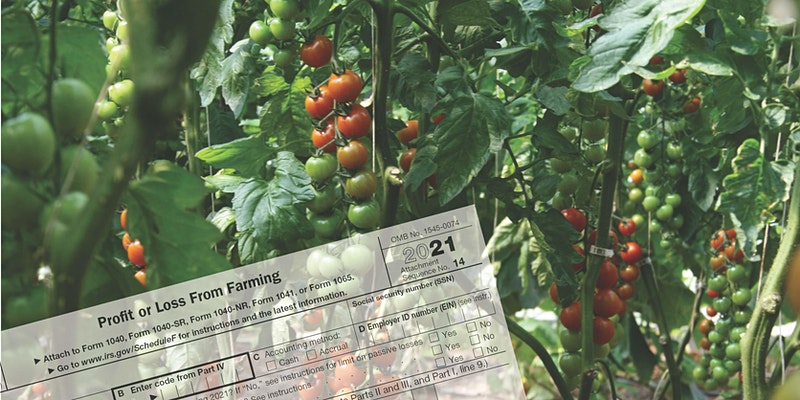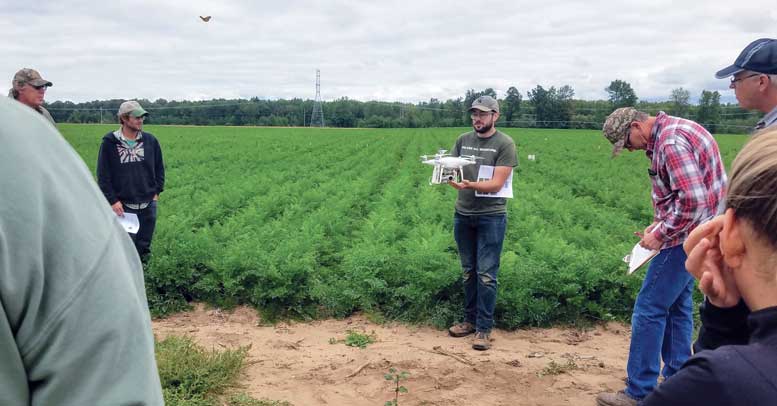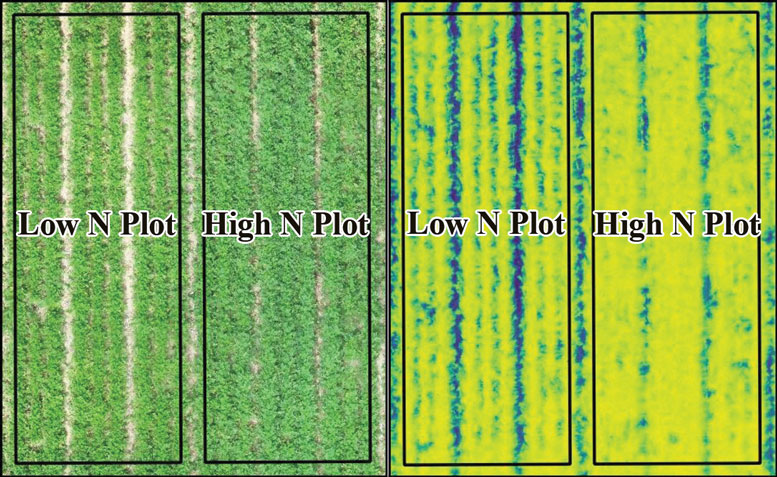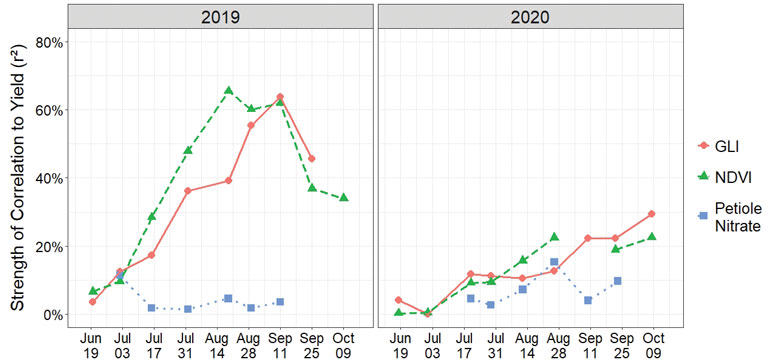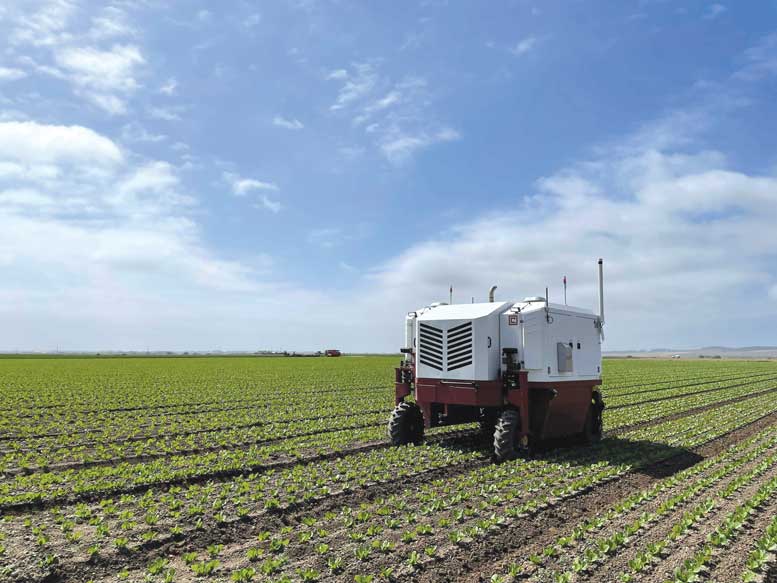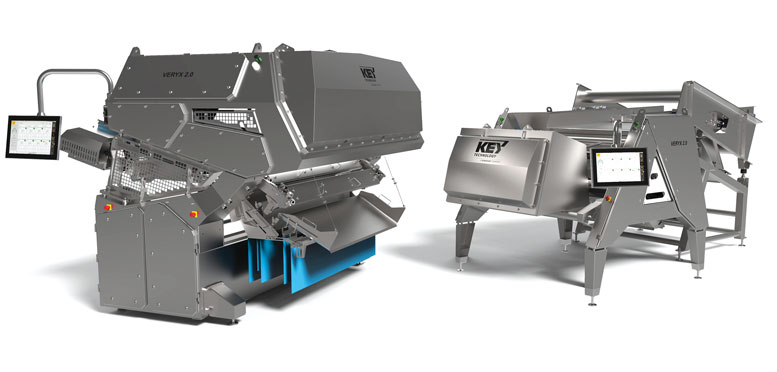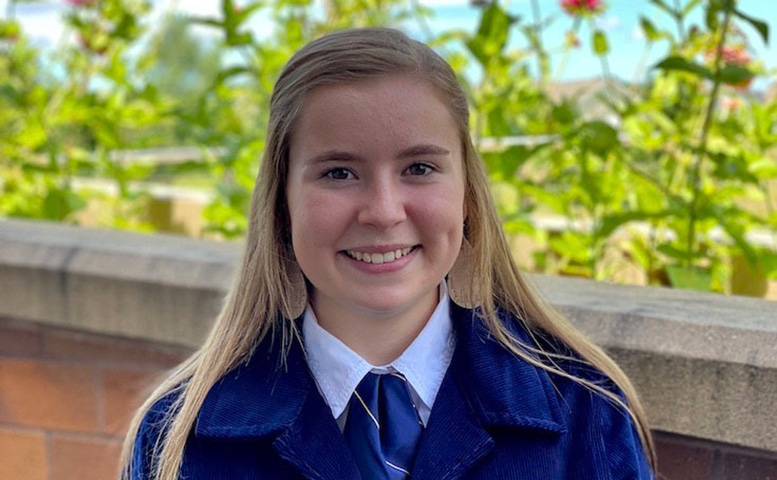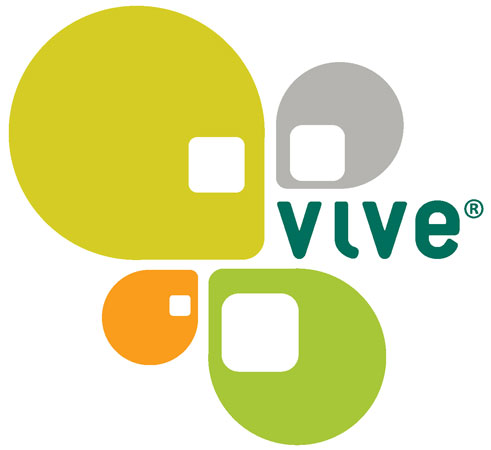By Dennis Van Dyk, Vegetable Crop Specialist, Ontario Ministry of Agriculture, Food and Rural Affairs
Kristen Obeid, Weed Specialist – Horticulture, Ontario Ministry of Agriculture, Food and Rural Affairs
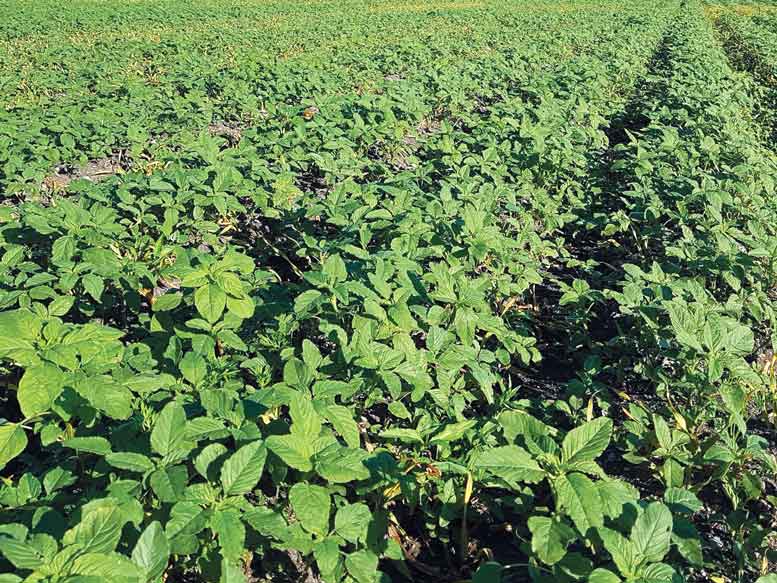
Carrot growers in Ontario, Canada, are struggling with resistant pigweed species (redroot and green). As far back as 1997, resistance to Group 5 herbicides (prometryne) was noted in Ontario. Then in 1998, resistance to Group 2 (rimsulfuron) herbicides was found. Resistance to Group 7 (linuron) herbicides appeared in 1999. There are some weed populations with multiple resistances (e.g. resistance to both Group 5 and Group 7 herbicides, or even to three different herbicide groups).
Currently, the backbone of an herbicide program for carrots grown on muck soil is Group 5 herbicides applied pre-emergence and Group 7 herbicides applied post-emergence. Since resistance to these two groups is widespread across Ontario carrot growing regions, growers struggle with weed control annually.
Nearly 100 percent of muck carrots grown in Ontario will have to be hand-weeded at least once and as many as three times throughout the growing season. Recent grower surveys have estimated carrot hand-weeding costs of $150-$840/acre. There is an immediate need for herbicide strategies that control resistant pigweed, reducing the need for hand-weeding.
There are some products coming down the pipeline that may help carrot growers better manage weeds. But in the meantime, our purpose was to find a way to better use currently registered products and get better weed control. For us, other herbicides currently registered for pre-emergence applications include Prowl H2O (Group 3), bromoxynil (Group 6) and Dual II Magnum (Group 15). Sencor (Group 5) and Dual II Magnum (Group 15) are registered for post-emergence applications.
Growers have historically been very wary of incorporating these products into their programs for a number of reasons. For many of these products, the risk of injury is higher, while the window of application and spectrum of weeds is narrower. Some of these are known to slow carrot emergence in some conditions with little activity on pigweed (e.g. Dual II Magnum).
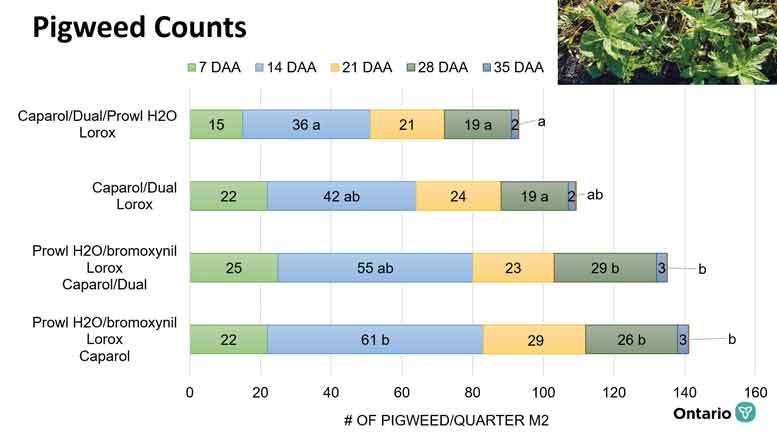
Objective
Our objective was to identify the most effective herbicide program with currently registered products against Group 5 and Group 7 resistant pigweed species.
Carrots (cv. Belgrado) were planted in a 6-acre field on May 31. The grower used an existing sprayer to apply treatments in half-boom plots. Each plot measured 360 feet by 24 feet. Treatments were randomized across the field, with each treatment replicated four times.
Pre-emergence applications were applied after seeding and prior to carrot emergence on June 1. A post-emergence application was applied on June 30 over the entire trial as a rescue treatment because the pigweed density was so high that carrot survivability was questionable. A second post-emergence application was applied on July 2 to treatments 3 and 4 as originally planned in the trial design. (Table 1)
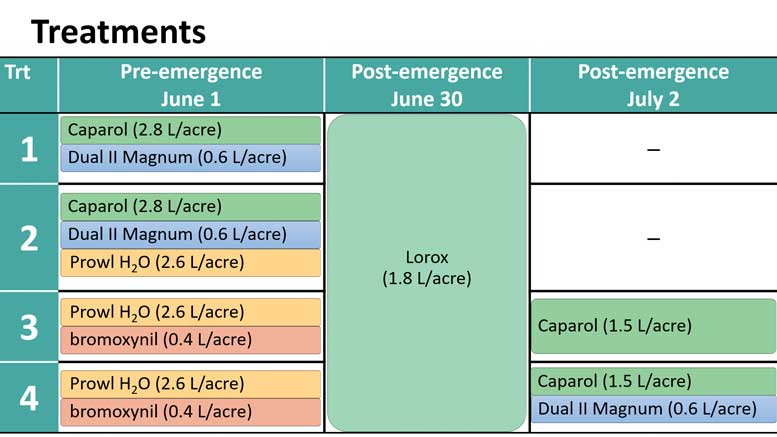
Findings
Looking at weed counts, the pre-emergence combination of Caparol/Dual II Magnum/Prowl H2O had less pigweed compared to one of the Prowl H2O/bromoxynil treatments at 14 days after application. At 28 days after application, Prowl H2O/bromoxynil treatments had higher pigweed pressure compared to Caparol/Dual II Magnum with and without Prowl H2O. (Fig. 1)
What is also interesting is we had a significant rainfall event between 14 and 21 days after application, and pigweed counts went down from what was likely a re-activation of the pre-emerge herbicides.
At 49 days after application, we saw a difference in carrot growth stages due to the crop injury after the post-emergence application. (Fig. 2)
No significant differences in yield and marketability were found, although the trend follows the crop injury that we saw. We also saw increasing yields with increasing herbicide costs. (Fig. 3)
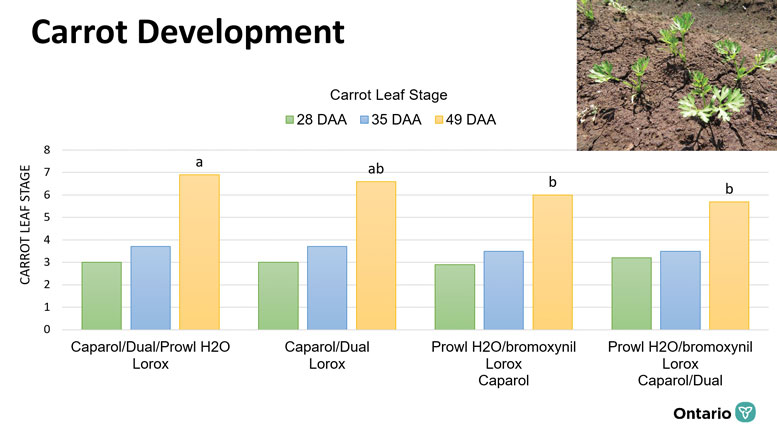
Conclusions
We found that a pre-emergence application of Caparol + Dual II Magnum + Prowl, followed by a post-emergence application of Lorox at the full label rate provides greater weed control and more competitive carrots than the other treatments, which was also evident visually. It is important to note that this treatment provided the best results because the dominant weed species in this field were pigweed species, lambsquarters and yellow nutsedge. We did not see a reduction in carrot stand counts, even with three products applied pre-emergence. Our post-emergence application of Caparol caused crop injury as it was likely applied too closely after Lorox.
Carrot growers are still waiting patiently for new herbicide options to come down the pipeline. In the interim, we’ll need to incorporate a few more tricks to deal with stubborn pigweed such as stale seedbed burn-downs and using primed seed to get quicker carrot emergence. We have found that a strong pre-emerge herbicide program provides the best control in a carrot system still reliant on Lorox applied post-emergence.
